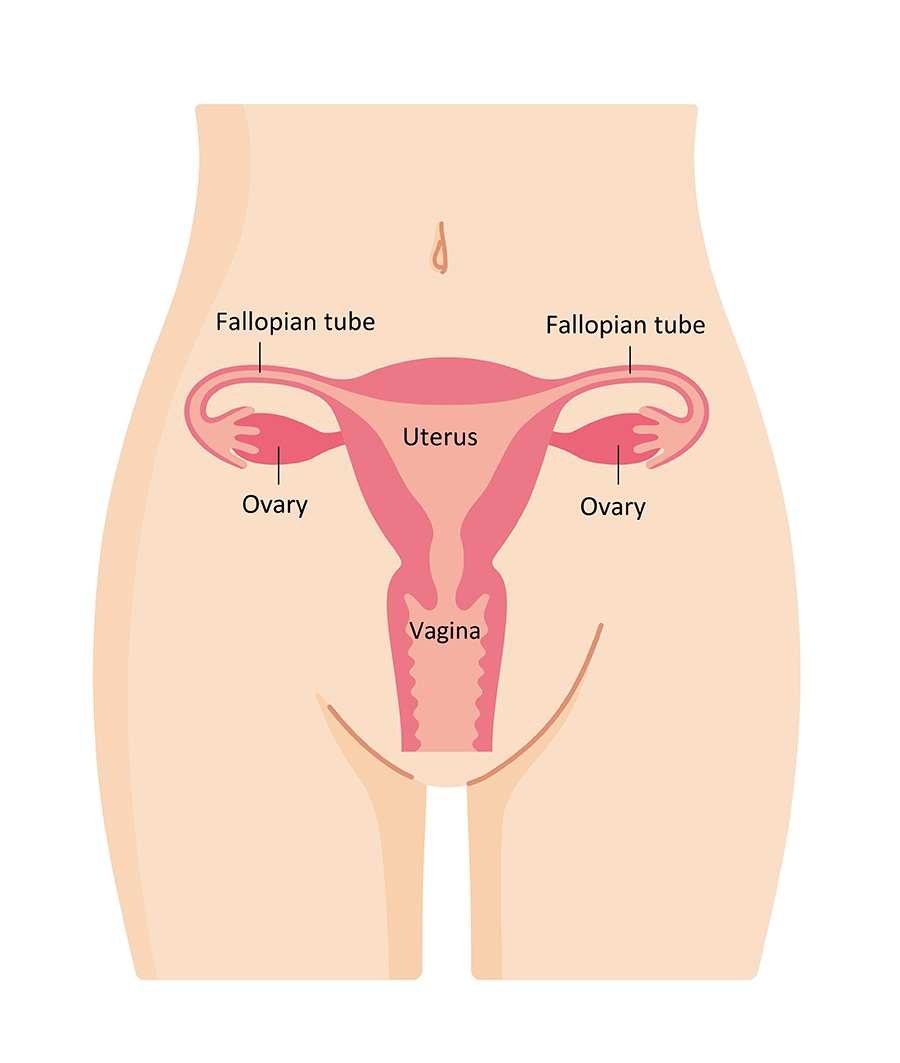Every woman has a uterus, two ovaries and two fallopian tubes. The fallopian tubes connect the ovaries to the uterus. Thanks to these female organs, a woman has a menstrual cycle. Another word for menstruation is a period. This cycle is necessary to become pregnant.
What do the ovaries do?
The ovaries contain eggs and produce hormones. These hormones are responsible for the menstrual cycle. Normally, once a month, an egg is released from one of the ovaries. This is called ovulation.
At some point, the eggs run out. When the eggs run out, the ovaries produce little to no hormones anymore. The woman then goes into menopause.
What do the fallopian tubes do?
The fallopian tubes are tubes that connect the ovaries to the uterus. The fallopian tubes catch the egg that is released during ovulation. By way of the fallopian tubes, the egg goes to the uterus.
In the fallopian tubes, the egg cell can meet a sperm cell from the man. The sperm cell can then fertilize the egg. If the egg is fertilized, a pregnancy can occur. If the egg is not fertilized, the egg is broken down. The woman then gets her period.
The fallopian tubes do not make hormones. If there is no desire to have children (anymore), the fallopian tubes no longer have a function.



